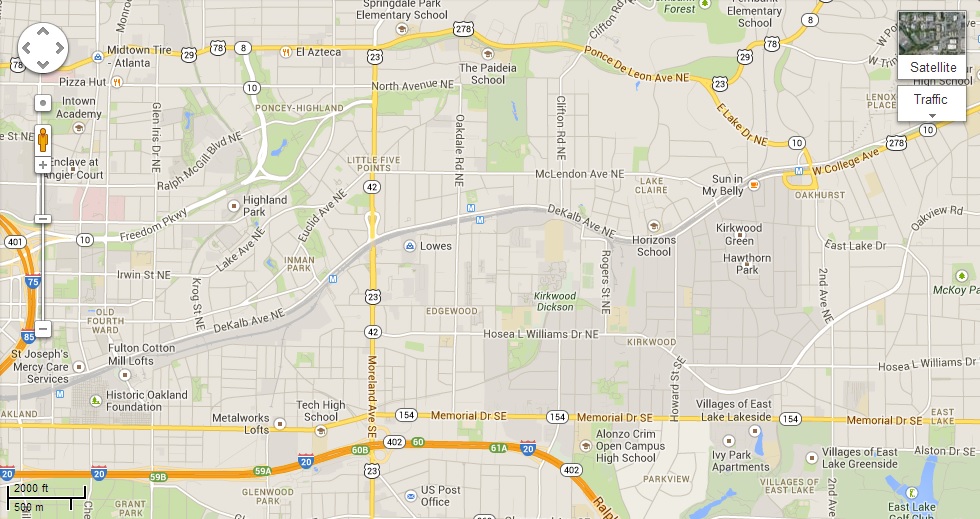 Last Sunday, my wife and children and I were headed to a kids’ birthday party in nearby Decatur. We were riding in the 2013 Buick Encore, a compact crossover vehicle, when an erratic and unpredictable move by another driver very nearly caused a crash. Once our vehicle came to a complete stop and each of my passengers assured me that he or she was unharmed, I cautiously pulled the Encore back onto our route and proceeded on. As the day went on, I replayed the scene in my head and came to a few conclusions about automobile safety in general, and 2013 Buick Encore safety in particular.
Last Sunday, my wife and children and I were headed to a kids’ birthday party in nearby Decatur. We were riding in the 2013 Buick Encore, a compact crossover vehicle, when an erratic and unpredictable move by another driver very nearly caused a crash. Once our vehicle came to a complete stop and each of my passengers assured me that he or she was unharmed, I cautiously pulled the Encore back onto our route and proceeded on. As the day went on, I replayed the scene in my head and came to a few conclusions about automobile safety in general, and 2013 Buick Encore safety in particular.
Reversible Lanes are Unsafe
To understand my conclusions, it’s important to consider what happened in this instance. We were traveling eastbound in the center (reversible) lane of Dekalb Avenue, passing a green Nissan Quest minivan on its left side. As the nose of the Encore reached the halfway point along the length of the minivan, the driver decided to take a left onto a side street with no warning or turn signal. I slammed on brakes and tried to move to the left out of its way, but the minivan kept turning left as well. By the time the Encore came to a stop, we were on the side street onto which the minivan apparently intended to turn. We had just crossed oncoming traffic – luckily no vehicles were headed in the opposite direction. The driver of the minivan drove away.
Two important surface streets that I frequently use in Atlanta include some three-lane sections with reversible center lanes. I know several people that have had accidents on these roads – Dekalb Avenue and Memorial Drive. Both have sections that are four-lane and three-lane with a reversible center lane. Both switch back and forth with little warning.
Both are also important, arterial streets, and the two run almost parallel to each other. They should both be converted to one-way streets. They would be far more safe and would move traffic more efficiently. They would also be more accommodating to cyclists. Ideally, Dekalb Avenue would be one-way westbound (into the city,) while Memorial would carry traffic eastbound, away from downtown.
Anti-lock Brakes are Among the Most Important Safety Innovations of the Last Half-Century
ABS is right up there with seatbelts. Without anti-lock brakes, the Encore would certainly have careened into the side of the turning minivan. Only because of ABS technology could I simultaneously brake – reducing speed – and point the nose of the Encore away from an impending collision.
It should be noted that this particular 2013 Buick Encore is equipped with a front collision warning system that alerts the driver to a potential frontal crash. It provided no warning in this instance, possibly because, by the time the minivan was actually in front of the Buick, I was already braking hard.
Small is Safe
I suspect that one reason the Buick Encore was able to out-brake the Nissan Quest is because it’s lighter. Conventional wisdom suggests larger cars are safer than smaller ones. But the safest car is the one that avoids a collision altogether. Consider that next time you’re shopping for a car for yourself, or helping a friend or family member make a car-buying decision.
Drive safely, folks. Although passenger vehicle safety has improved, driving (or riding in an automobile) remains a very dangerous activity.

